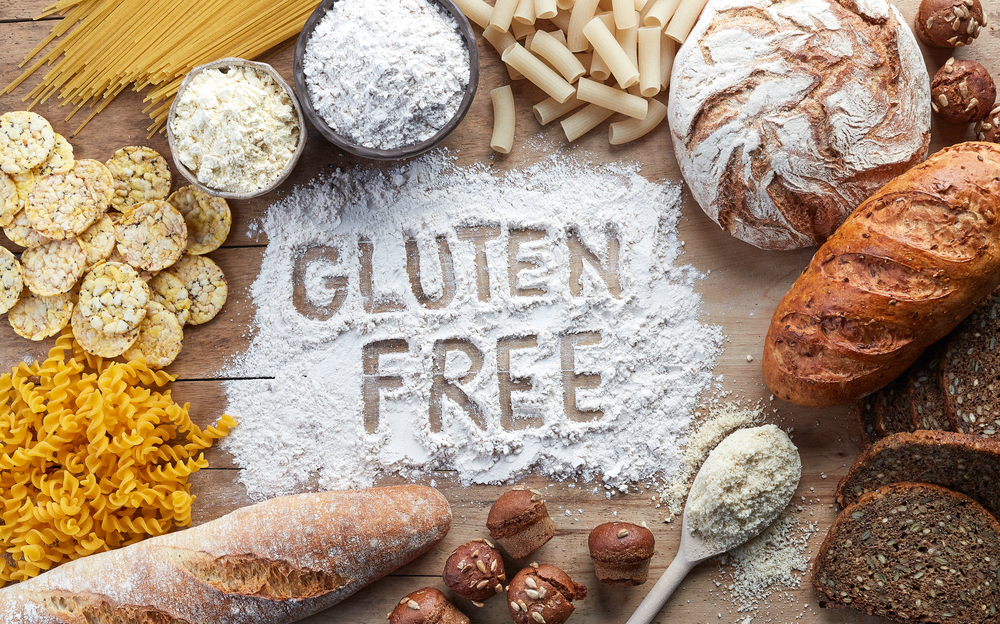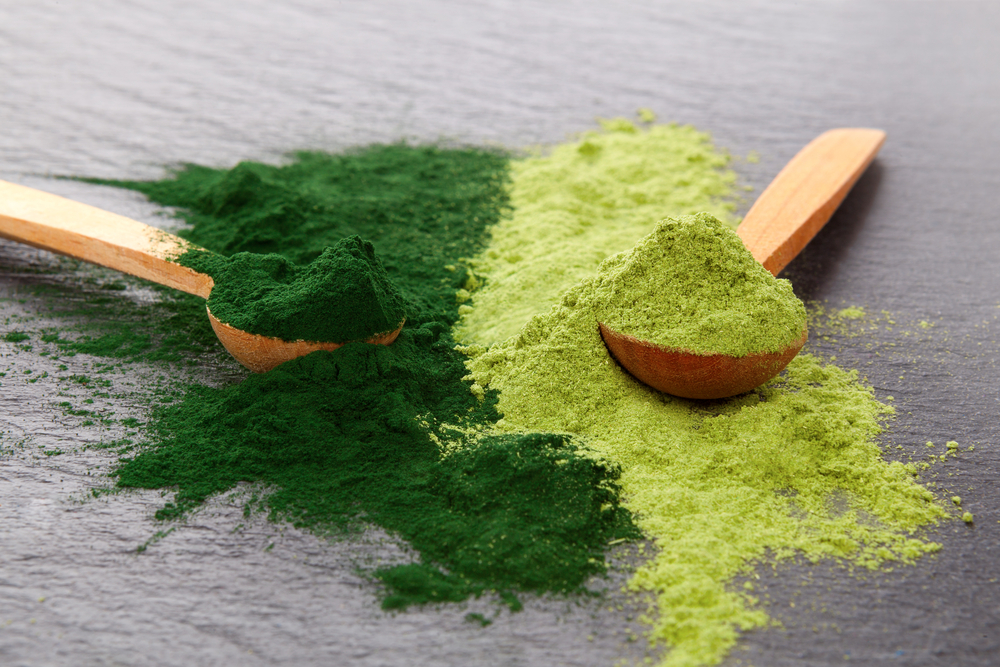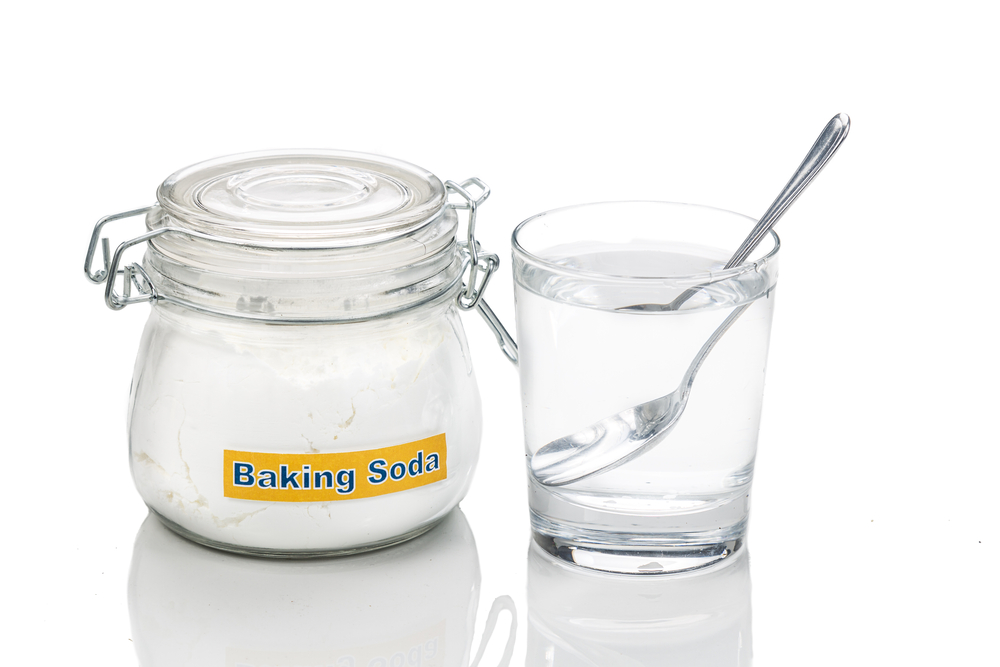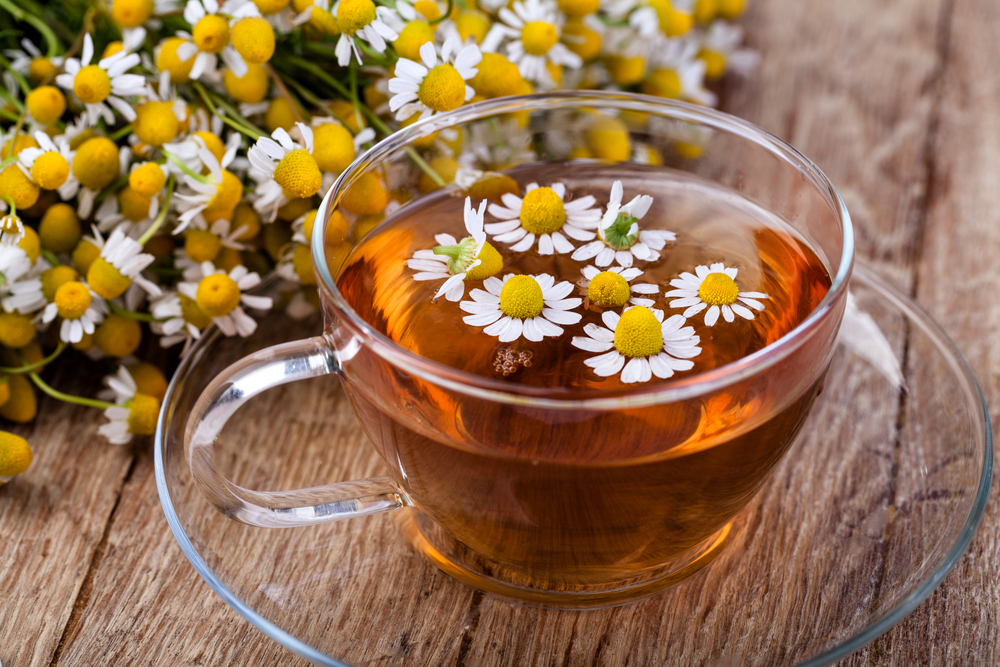Using Sleep as a Tool for Creativity
The Fascinating Science of Sleep and Dreams! While many still approach sleeping as a waste of valuable time and hence something to be done as little as possible, overwhelming evidence shows sleeping more can actually boost both productiveness and creativity.1 In the video below, professor Matthew Walker, Ph.D., founder and director of the University of California Berkeley's Center for Human Sleep Science and author of the book "Why We Sleep: The New Science of Sleep and Dreams," explains what happens in your brain while you dream — and why this is so important. What Happens During Dream Sleep? "Dreaming is essentially a time when we all become flagrantly psychotic," Walker says. The reasons for this rather extreme-sounding diagnosis are fivefold: When dreaming, you see things that aren't there, so you're basically hallucinating While in the dream, you believe things that cannot possibly be true, which means you're delusional While dreaming, you are confused about time, place and the identity of the people involved, so you're suffering from disorientation Emotions fluctuate wildly while dreaming, a condition known as being affectively labile Lastly, upon waking, you forget most if not all of your dream experience, so you're suffering from amnesia Any one of these, if experienced while awake, would be cause to seek psychiatric treatment. During sleep, however, these states appear to be part of completely normal biological and psychological processes. What then are the functions and benefits of dreaming? How Dreaming Benefits Creativity According to Walker, dream sleep, which occurs during the rapid eye movement (REM) sleep cycle, has at least two known brain benefits: creativity and psychological well-being. Starting with the former, during REM sleep in general, and dreaming specifically, information you've recently learned is integrated together with a catalog of autobiographical data from previous experiences, building novel connections between the old and the new. "It's almost like group therapy for memories," Walker says, adding, "Through this informational pattern alchemy at night, we create a revised mind-wide web of association. And you can start to divine new novel insights into previously unsolved problems, so that you wake up the next morning with new solutions." In fact, sleep increases, by about 250 percent, your ability to gain insights that would otherwise remain elusive. Tests also reveal that simply dreaming about performing an activity increases your actual physical performance tenfold. As old and new memories are integrated to form a new whole, new possible futures are also imagined. (This is what you actually perceive as "the action" of your dream.) The sum total of these processes allows you to see the meaning of life events. According to recent research,2,3 non-REM sleep and REM sleep appear to contribute to creative problem-solving in different albeit complementary ways. It seems the non-REM sleep portion known as slow-wave sleep (which is vastly different from the light phase non-REM sleep that makes up most of the night) is a time during which your brain replays memories that are thematically related in [...]












